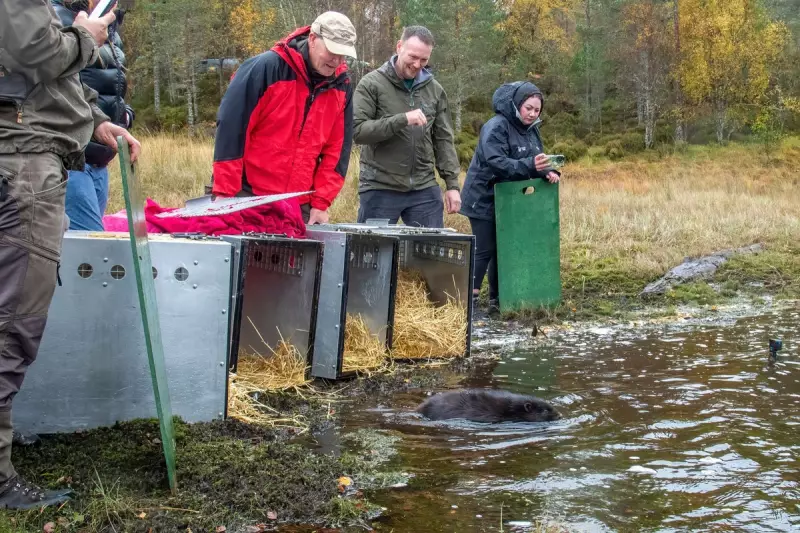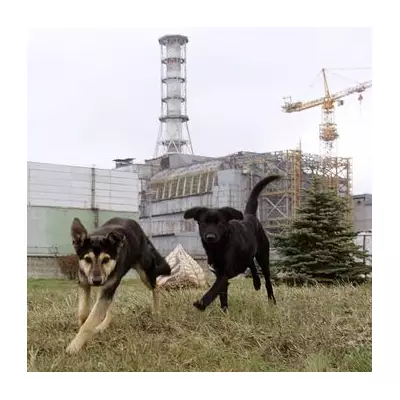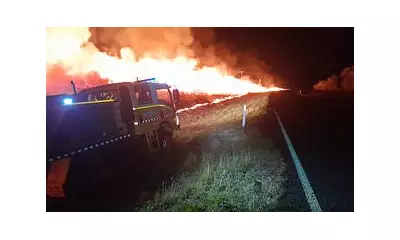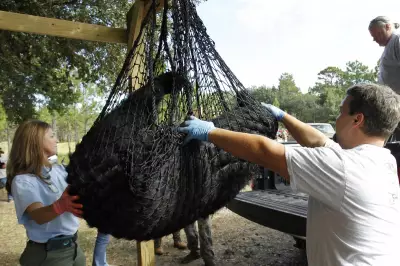
In an ambitious move that signals a new era for British wildlife conservation, nature's most skilled engineers have returned to their ancestral home. Beavers, absent from the Scottish Highlands for centuries, are now swimming freely through the waterways once more following a carefully orchestrated release programme.
A Historic Homecoming
The momentous release represents one of the most significant rewilding initiatives in modern Scottish history. These remarkable rodents, known for their extraordinary ability to transform landscapes, have been reintroduced to carefully selected sites across the Highlands where they once thrived.
Conservation experts are hailing this as a watershed moment for ecosystem restoration, with the beavers expected to deliver multiple environmental benefits through their natural dam-building activities.
Nature's Master Builders at Work
Beavers are renowned as "ecosystem engineers" for good reason. Their dam-building prowess creates wetland habitats that support an incredible diversity of species. The resulting changes to the landscape include:
- Creating new wetlands that support amphibians, insects and bird species
- Improving water quality through natural filtration systems
- Reducing flood risks by slowing water flow during heavy rainfall
- Increasing biodiversity across the entire ecosystem
Careful Planning for Success
The reintroduction follows years of meticulous research and consultation. Conservation teams have monitored similar successful programmes in other parts of Scotland, where beaver populations have demonstrated their positive impact on local environments.
Local communities have been closely involved throughout the process, with educational programmes helping residents understand the long-term benefits these animals bring to the region.
As these industrious creatures settle into their new Highland homes, conservationists will be watching closely, documenting the transformation of the landscape and celebrating the return of a missing piece of Scotland's natural heritage.





